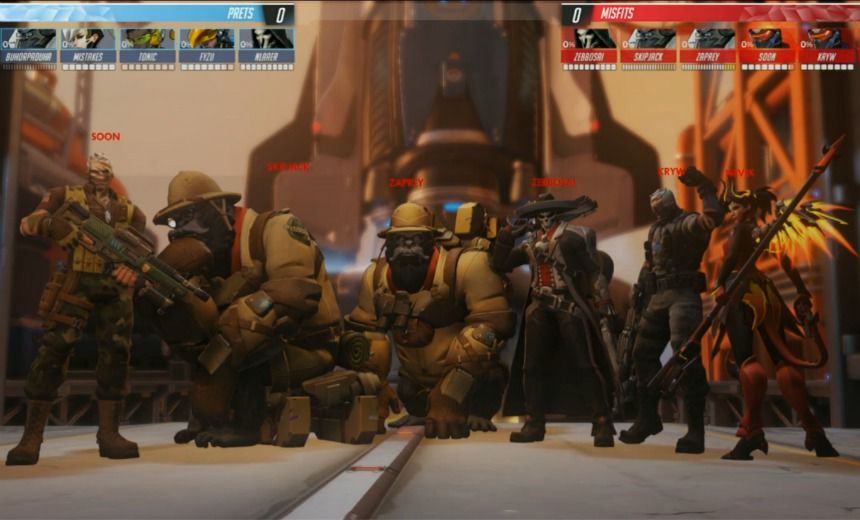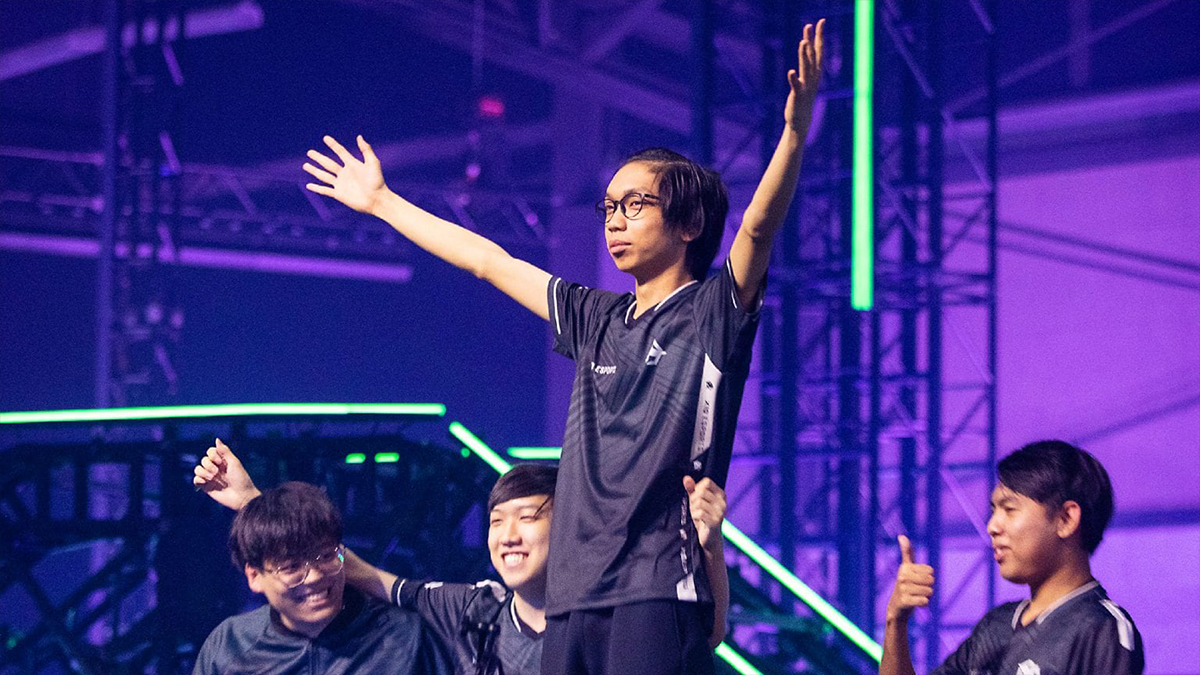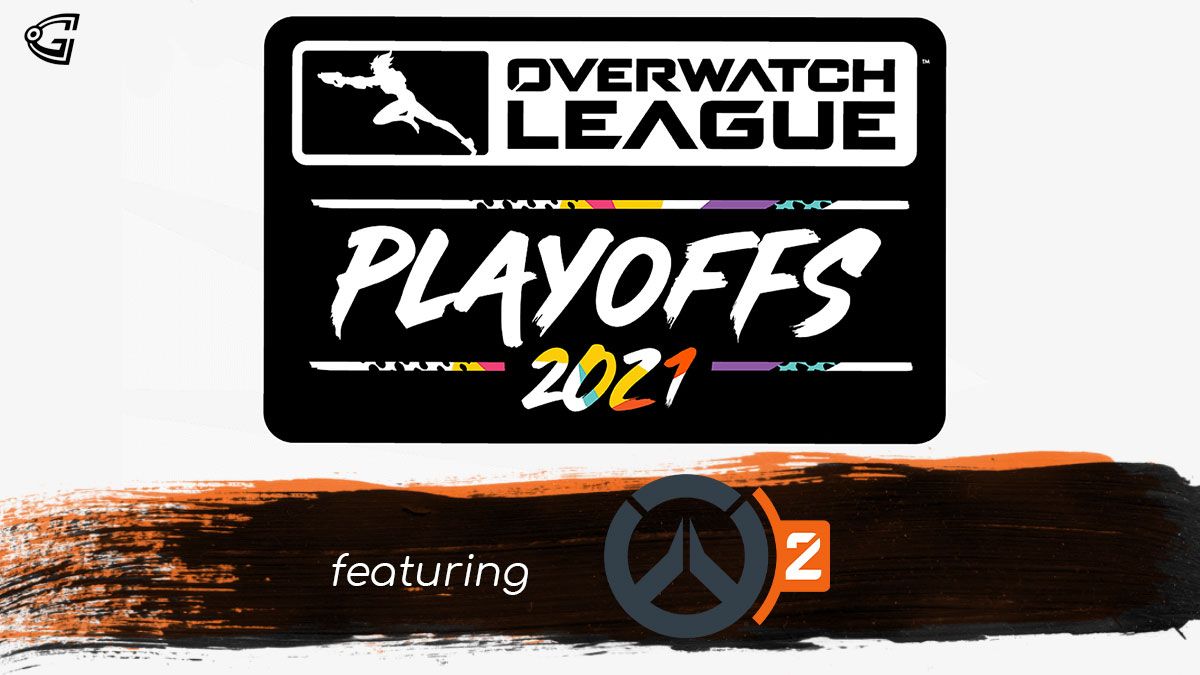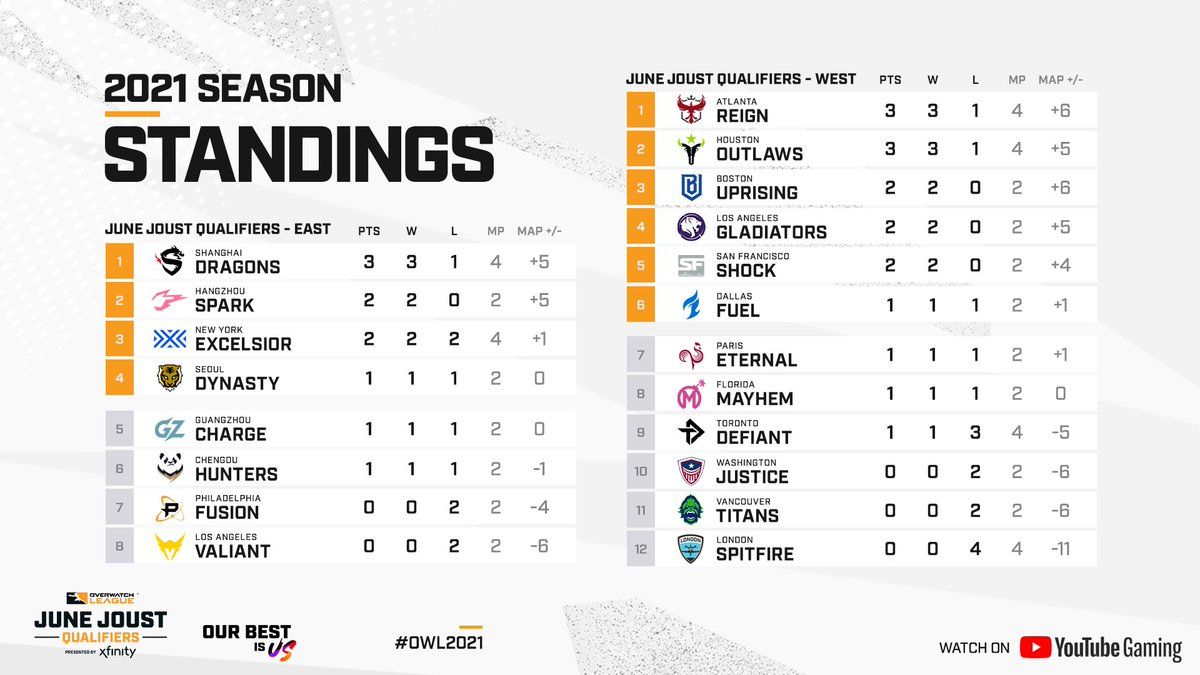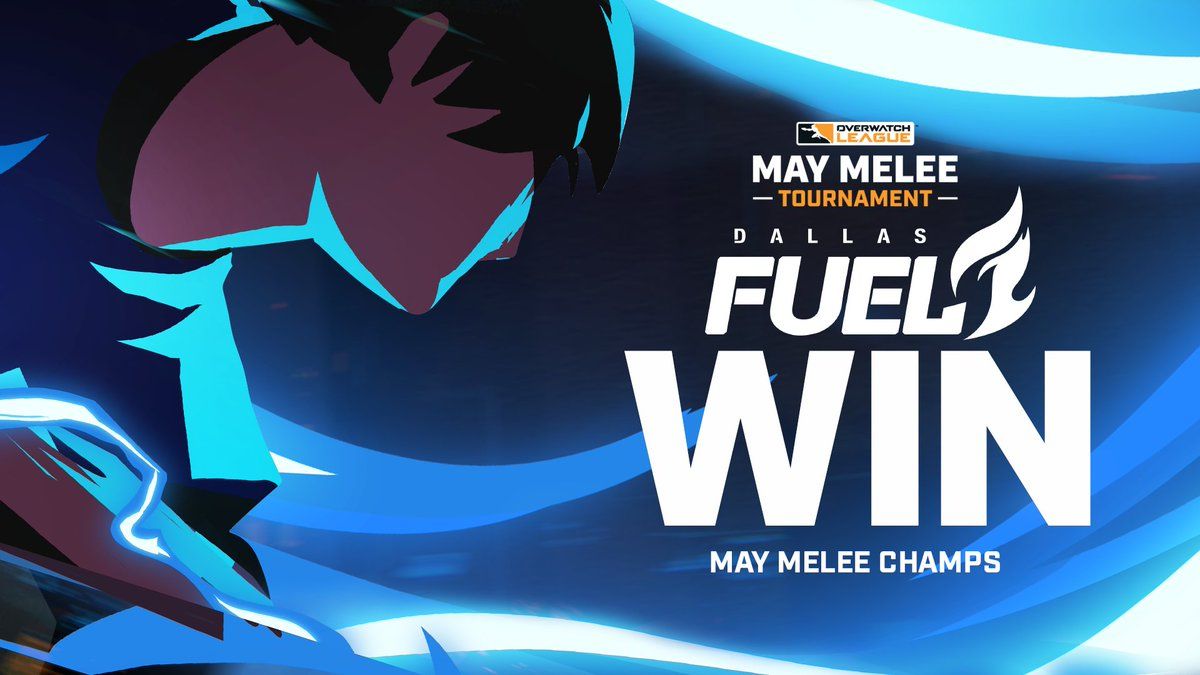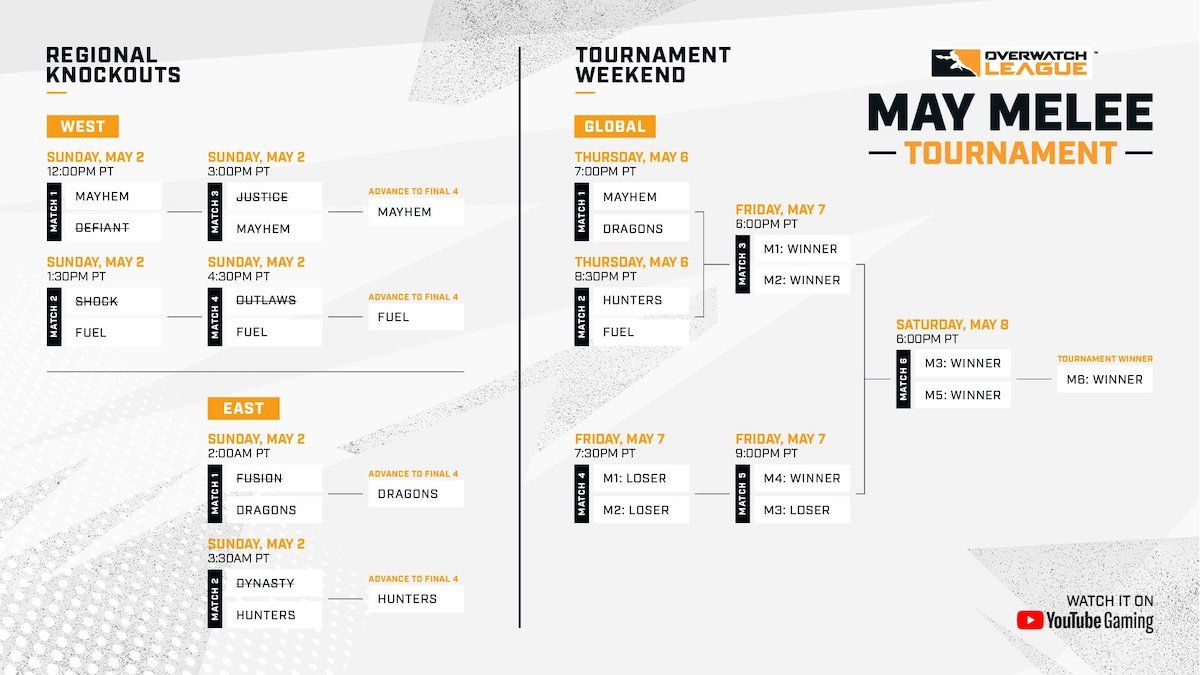
It’s no secret that the majority of professional players dislike playing hero limit 0 - but do the viewers enjoy watching? A look at the recent viewing stats for long-standing tournaments appears to show a downward trend, which top players have attributed to the change in hero limits. This would be very troubling for Blizzard, who appear to be set on limitless competitive play and have already struggled to provide a great spectator experience.
The debate around hero limits has raged for months now. After lobbying most tournaments to run a HL1 ruleset, the scene had to undergo a U-turn recently when ESL announced their Atlantic Showdown ruleset; in co-operation with Blizzard, the $100,000 tournament has no limits on hero picking. The size of this tournament’s prizepool has forced other tournaments to run the same limits in order to provide teams with consistent practice, but players are still reluctant to trust in Blizzard’s hl0 dream.
These smaller tournaments, including the GosuGamer Weeklies and ESL’s own qualifiers, have recently suffered from a substantial drop in viewing figures, losing around a third of their expected viewers. The fact that this drop came at the same time as hero limits were removed is not viewed as a coincidence by some top players, as expressed below by Luminosity’s milo.
Everybody with a basic understanding of statistics knows that correlation does not prove causation however. The reduction could be for many reasons such as large stream personalities splitting viewers, a natural dip after the initial launch hype, or just people enjoying the summer weather. But once you delve deeper, there are good reasons to suspect the ruleset change influenced the lower viewing figures.
Despite the hl1 argument never gaining widespread traction with the public audience, there has been vocal objection to certain strategies that hl0 creates. Compounded by a broken overtime system, endless spam of D’vas and Tracers on defence has been a key feature of every tournament and continues to turn what should be tense situations into snooze-fests. Accompanying this are the 2-2-2 strategies, which pop up every month and never fail to ruin Blizzard’s ideal of hero swapping and adaptation by forcing opponents to run 2-2-2 compositions in return or as mirror counters.
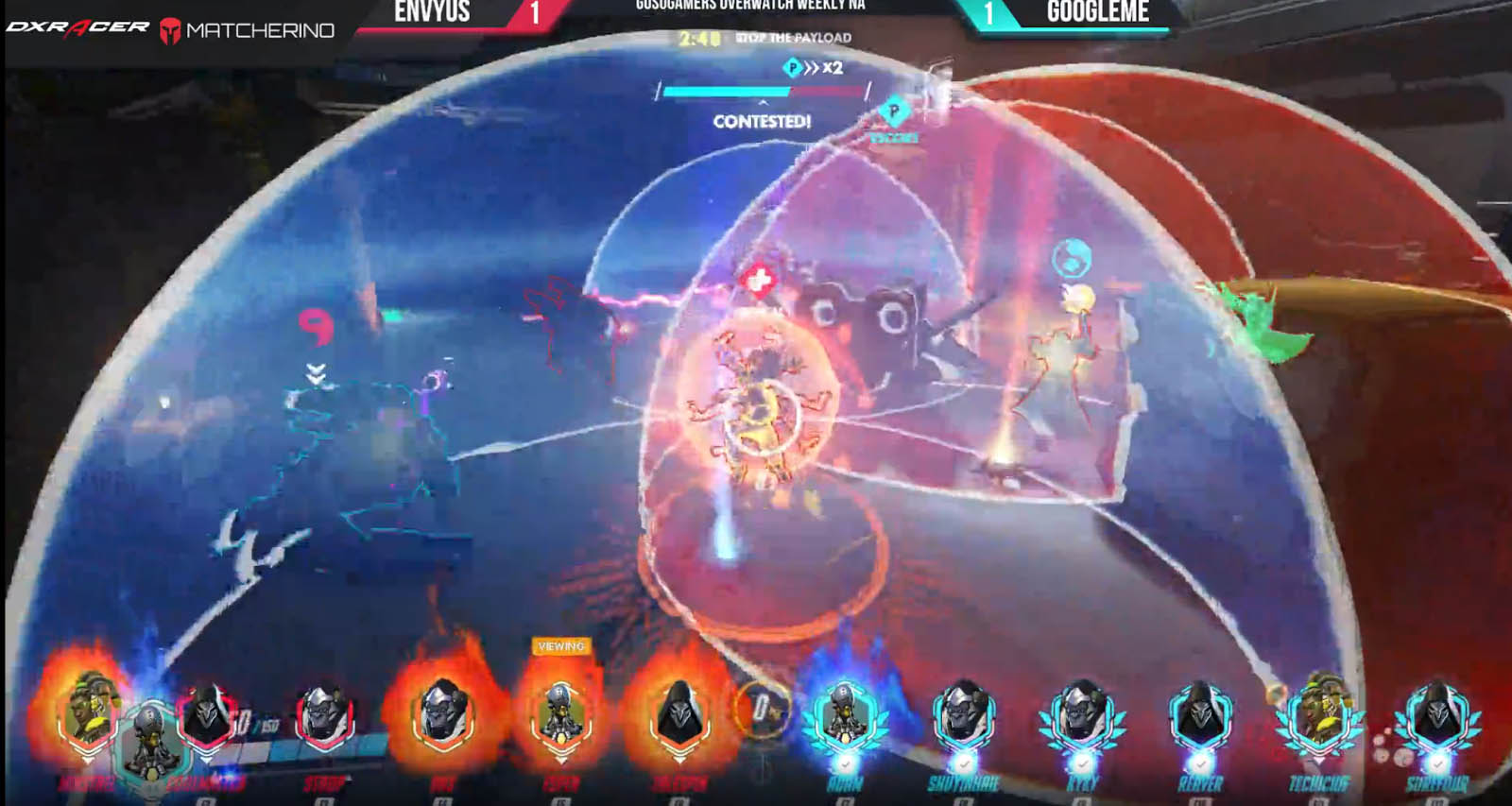
The 2-2-2 strategies are widely hated both by players and by spectators, but from an outside perspective it can be hard to see what the fuss is about. Is it just because there are less heroes on the field? The compositions are still aggressive, with action happening around the map - why would people find it less enjoyable to watch?
It’s true that tuning into an Overwatch tournament at the height of the 2-2-2 meta and seeing only three heroes in the finals was disappointing and felt like a waste of the other 18 playable characters. Not to mention that any doubles strategy featuring Winstons sees a mountainous range of fluorescent bubbles and flickering lightning, making any spectating experience worse.
The real reason 2-2-2 strategies are unpleasant to play and watch is that the heroes are specialised and require a counter of equal strength and equally specialised. Stacking a hero like Zarya sets your team up with a distinct philosophy of using ults to break through the opposing composition, stacking Winston sets you up for excellent initiation and tanky damage, and stacking double McCree set you up for front-line stun kills. In order to counter these you either need to stack a specific counter such as Reaper against Winston or Widowmaker against McCree, or mirror the strategy. Both teams forgo flexibility, hero switching, and often need less teamwork as the distinct parts of the team can operate alone; each section of the team has a clearly defined role and each player plays the role in a similar way.
It’s less of a team vs team and more like seeing a 3v3 based purely on execution, and Overwatch isn’t designed to make that entertaining. The mechanics of how a player is executing their play is not interesting in Overwatch - what brings people in and excites them is how strategies are adapted and how the individuals in the team work together to synergise their abilities. This is not a game of crazy one-taps, this is a game of mental chess, teamwork, and adaptation. All are absent in 2-2-2.
The doubles strategy has not dominated tournaments as it did in the beta, and the occasional appearance on Control is almost the extent of its use. 2-2-2 is not a large enough reason to account for the substantial dip in viewers, but a lot of the reasons it bores apply to single hero stacking as well. One aspect of hl0 that does see regular use though is the overtime spam. This very basic strategy sees D’vas or Tracers thrown at the final objective in order to delay for as long as possible, staggering deaths and slowly building ultimates with D’va’s huge health pool or Tracer’s dodging mechanics.
This strategy is used by all the top teams and a counter has yet to be found after months of play. It varies in efficacy based on spawn timers and the offensive composition, but the strategy in full flow has proven impossible to thwart. For the offensive team it’s more a case of focusing down players as quickly as possible and waiting for it to bleed itself out. It’s a common fallacy that every strategy is counterable; if the game-design is not excellent then there are always dominant strategies and situations where cheese-strategies cannot be stopped. This is why patches are required in games, and the overtime dilemma in hl0 may require one in the future.
When the overtime can last longer than the rest of the map, you have the recipe for a terribly boring game. Not only does it extend each map further than the viewer’s expected attention span, but the OT itself becomes desperately anti-climatic. By stretching out a tense last-second situation for multiple minutes, the end of the round loses all context and becomes an endless hell. The fact viewers came into it expecting excitement makes the tedium even less appealing.

If hero limit 0 is truly the reason for viewers losing interest then Overwatch is going to have serious problems holding onto its success. While there may be reasons hl0 is less favourable to spectators we’ve yet to see this pattern develop fully, and it could be part of the natural ebb and flow on Twitch.
One thing is for sure: ESL’s Atlantic Showdown will see the best that hl0 can offer.
For more competitive Overwatch news, follow us @GosuOverwatch.

